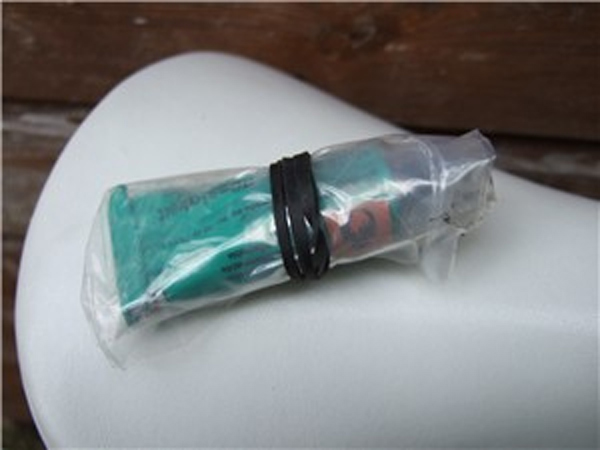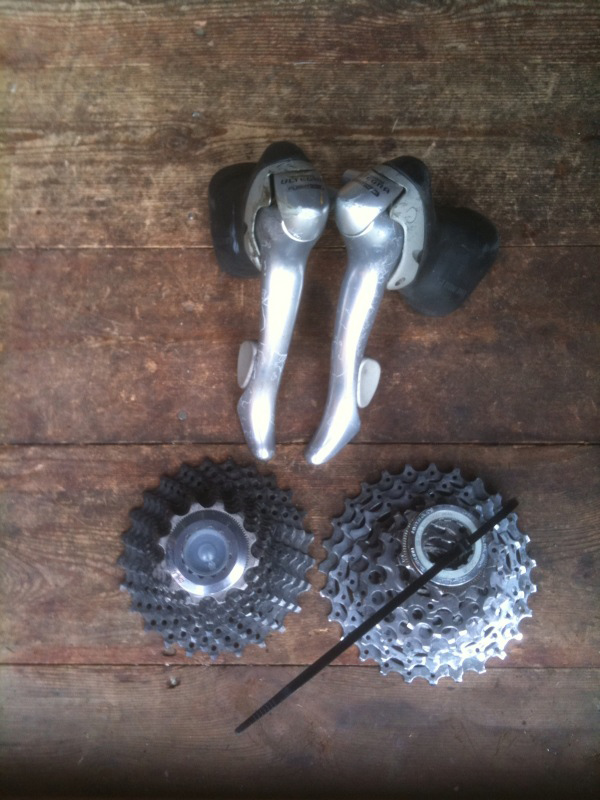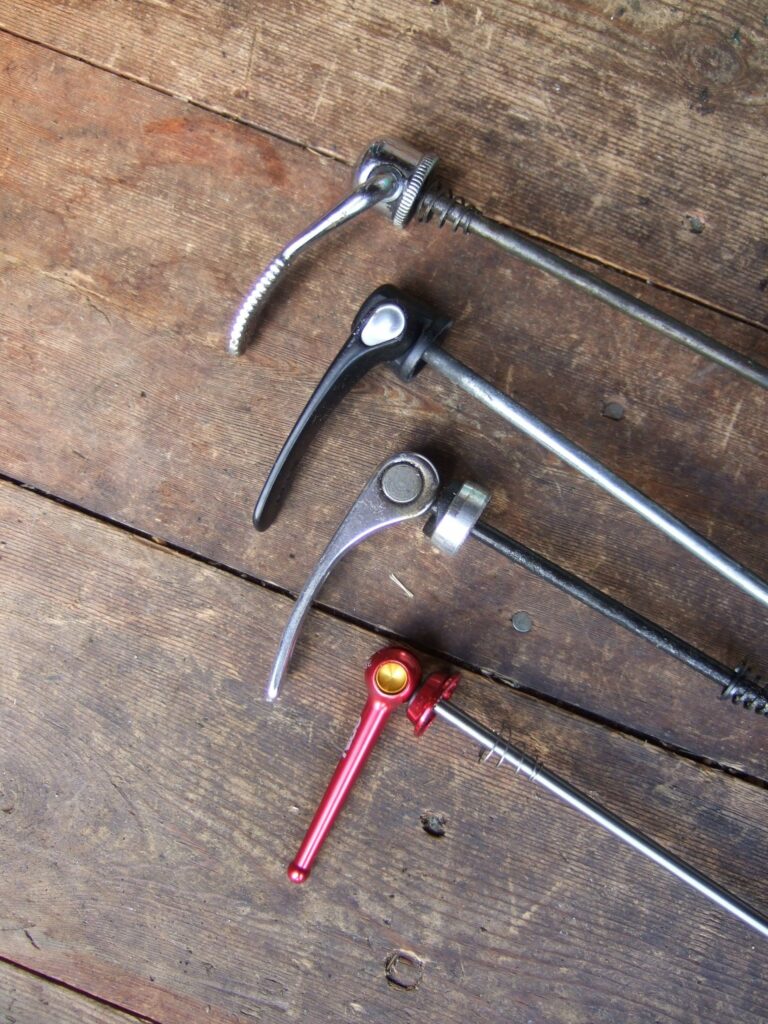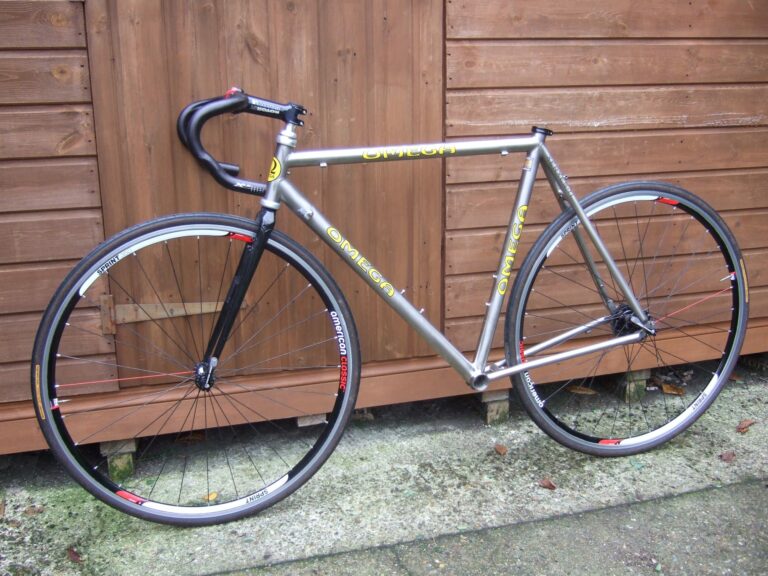
You know the feeling – assuming you’re the kind of cyclist who repairs punctures the old-fashioned way. You find the hole, roughen up the surface and, for the first time in months, take the lid off the little tube of vulcanising solution only to find that, when squeezed, it emits a gentle pop or sigh and then nothing but the merest hint of the aroma of solvent. Squash it flat and there is nothing, not even the residue you’d expect once the solvent has evaporated.
This only happens to opened tubes, of course. Unopened, they can be left for years with no apparent deterioration. The highly volatile solvent can’t escape from a sealed metal tube with crimped end and the solution stays just that. Make even the tiniest hole, however, and solvent starts to evaporate through it.
That includes the large hole that has to be pierced in the nozzle to get to the stuff; replacing the cap will only delay the process despite the apparently tight fit. Inadvertently make a crack in the soft, easily fatigued metal and the shelf life of the tube will plummet…
The, er, solution…? Wrap the opened tube in a small polythene bag. Any solvent escaping the tube will be trapped in the bag and when there’s enough of it present in the small volume of trapped air the remainder will stay put in the solution.
To be fair this only really works for one or two uses since every time the tube is unwrapped, more solvent will escape. But even one successfully applied patch may just save a walk home and if the solution is good for one, it is good for more on the same day… until it runs out.





